“If you give me six lines written by the hand of the most honest of men, I will find something in them which will hang him.”
― Cardinal Richelieu (1585-1642)
On April 29, 2024, the Patent Trial and Appeal Board in Ex parte Wang (Appeal 2023-003255) affirmed an examiner’s single reference obviousness rejection of a claim to a process for stabilizing a protein against thermal inactivation:
- A process for stabilizing a protein against thermal inactivation, comprising: binding a protein to the surface of a solid substrate; the protein bound to the surface by a linker moiety between an active group of the protein and said substrate, wherein the linker comprises a bond formed from one or more active groups selected from the group consisting of alcohol, thiol, carboxylic acid, anhydride, epoxy, and ester, and wherein said bond of the protein to the solid substrate stabilizes the protein against thermal inactivation.
This claim was finally rejected over Minier, characterized by the Examiner as disclosing a protein bound to a solid surface via “an alcohol linker active group bound to [a] metal substrate through a glutaraldehyde active group,” and thereby being inherently stabilized against thermal inactivation.
Appellants made two arguments. First, Appellants argued that surface bonding through a glutaraldehyde group was not included in or suggestive of the requirements of Claim 1. Second, they challenged the inherency finding.
With regard to the first argument, Appellants, in their Pre-Appeal Brief filed in direct response to the final rejection, characterized Claim 1 as reciting “[a] protein bound to the surface [of a solid substrate] by a linker moiety between an active group of the protein and said substrate, wherein the linker comprises a bond formed from [an] alcohol, thiol, carboxylic acid, anhydride, epoxy, and ester.” Then, in their Appeal Brief, Appellants characterized Claim 1 as reciting “[a] process for stabilizing a protein against thermal inactivation comprising binding a protein to the surface of a substrate; … by a linker moiety …. formed from one or more active groups selected from the group consisting of alcohol, thiol, carboxylic acid, anhydride, epoxy, and ester.” In both instances, Appellant argued that the reference’s use of a glutaraldehyde active group failed to disclose bonding a protein to a surface using one of their claimed linker moiety’s active groups. As for their second argument – inherent stabilization – Appellants argued that the reference nowhere discussed or recognized any thermal stabilization of the bound protein.
The Board was having none of it. Characterizing both issues as ones that “resolve based on a proper interpretation of claim 1” the Board walked Appellants through their surface/linker/active group claim language, demonstrating that in Claim 1 the linker’s active group need not be directly bound to the surface in the claim, just located “between” the protein and the surface. And with regard to thermal stability, the Board pointed to Appellants’ specification, which described thermal stability as a property necessarily flowing from the bond. Rejection Affirmed.
What went wrong? Well, Appellant was apprised of the Office’s interpretation of their claim language after the first rejection. Rather than discuss the case with the Examiner and come to agreement as to how to distinguish their clearly different invention from the applied art they barreled ahead with the same claim language, insisting that the Office see things their way. And when the Office didn’t, rather than seek reconsideration from the Examiner, Appellant filed a multi-issue Pre-Appeal Brief that simply upheld the rejection and provided no useful feedback. Full Appeal (with Oral Hearing) followed, after which the Board provided Appellant with the same answer the Examiner had given them two and a half years earlier: your invention is different, but your claims encompass the prior art.
The moral of the story? Differences aren’t important unless they are reflected in the claims. Listen to what the Examiner is saying – they look at the claims differently than you do. Sometimes, they are right. Oftentimes, simple amendments can address the issue, as here.

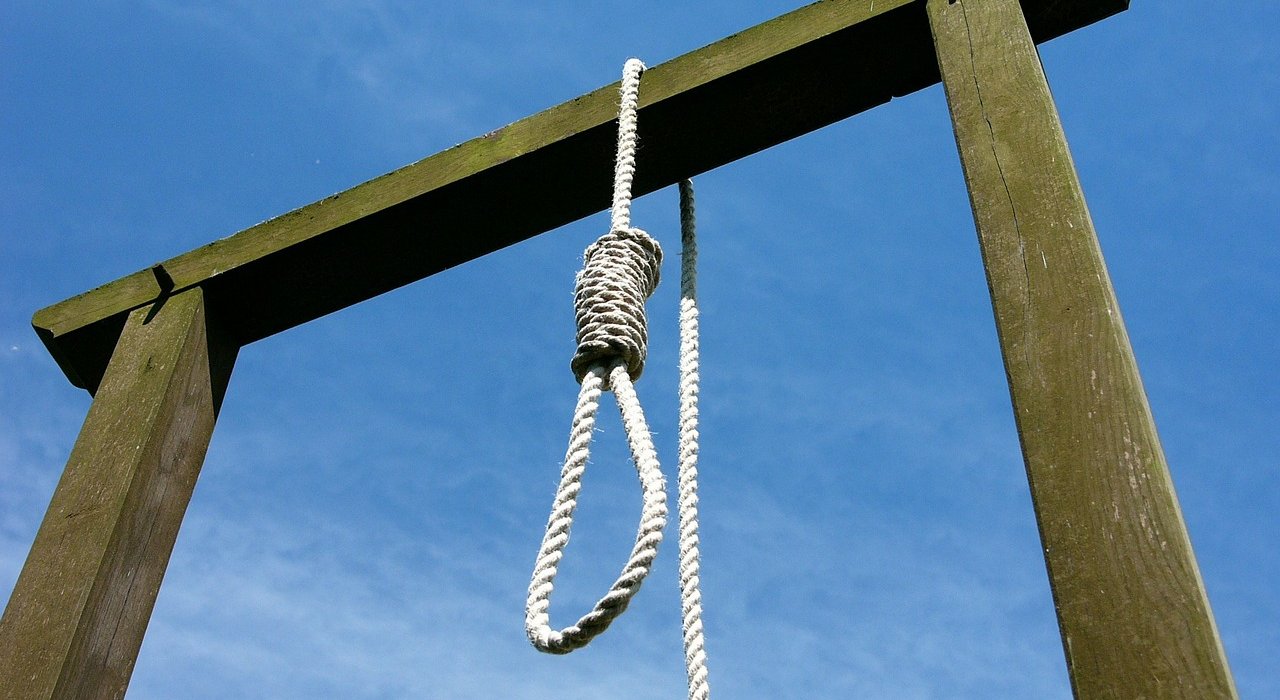
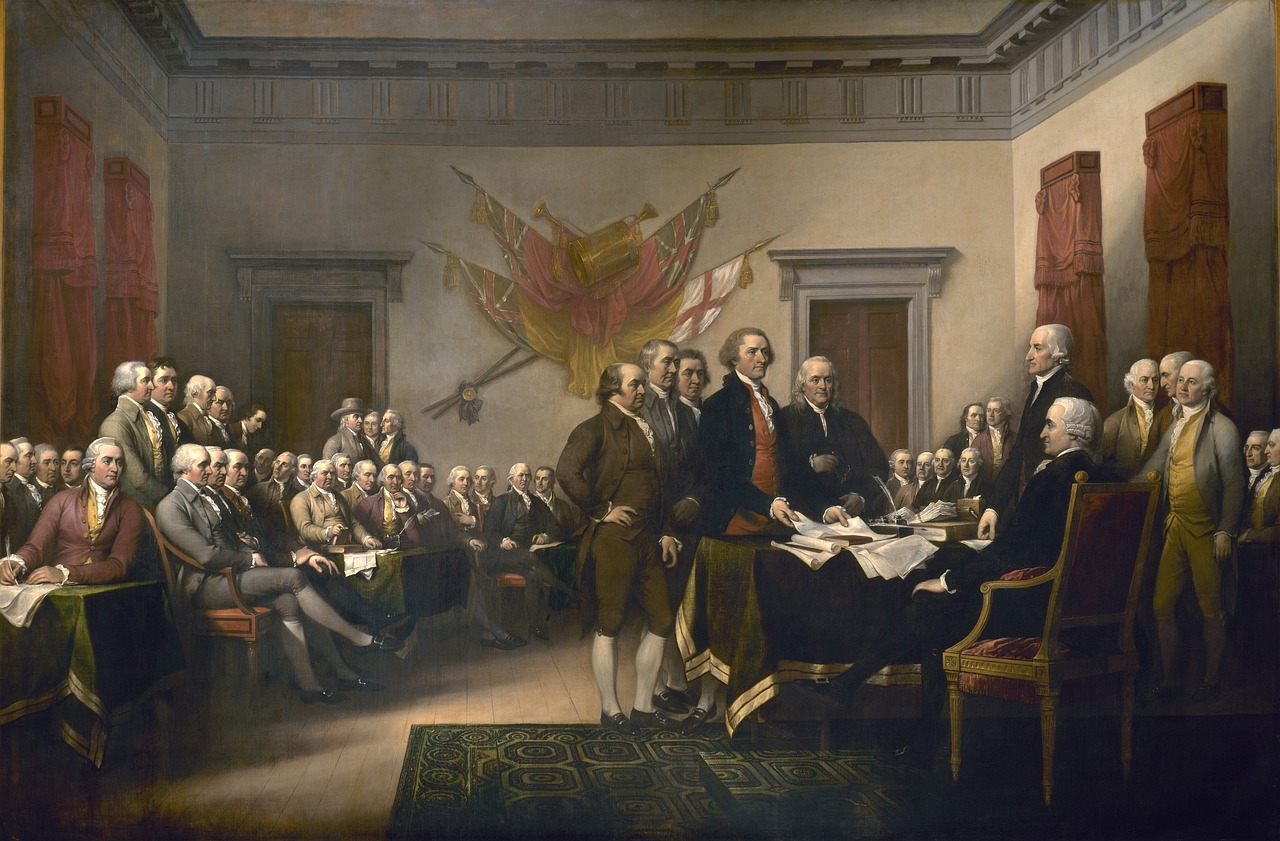
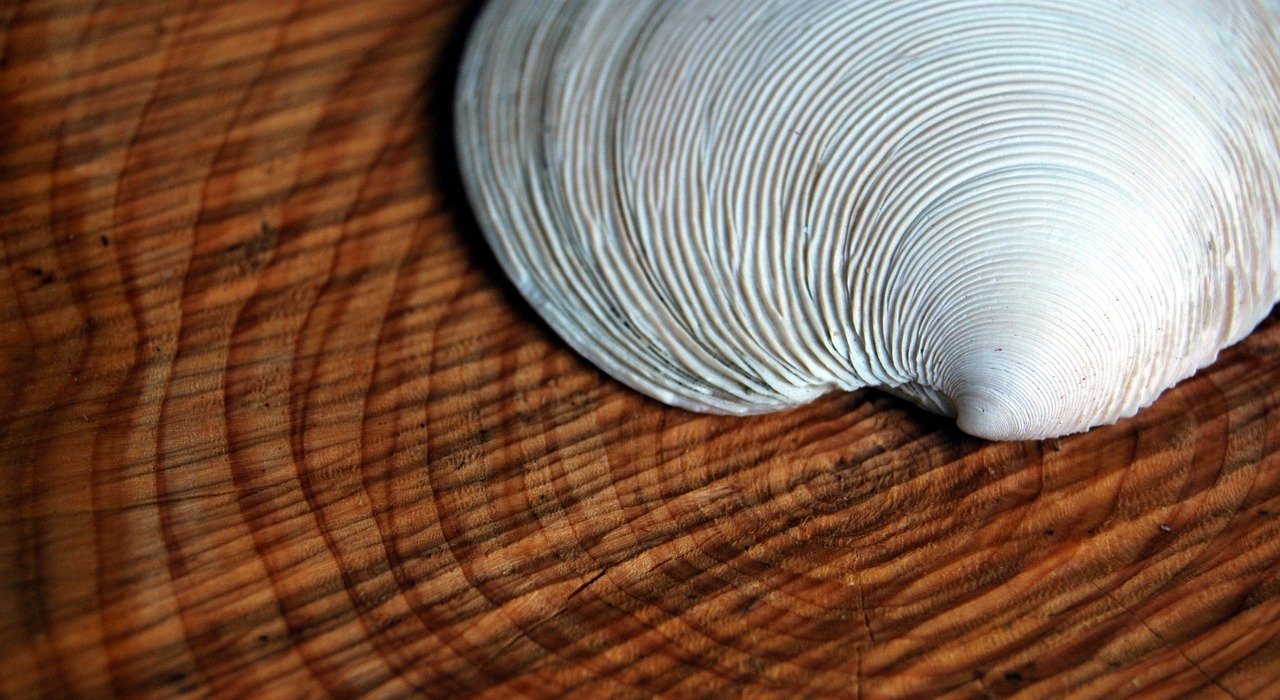
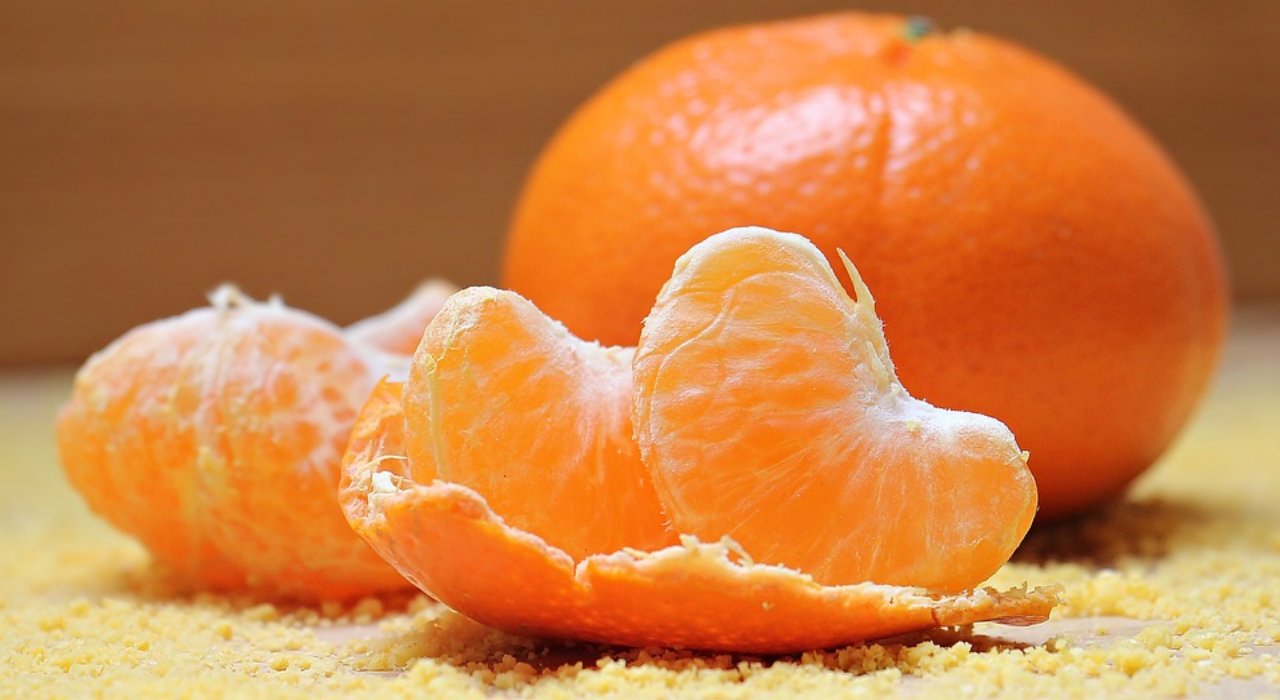



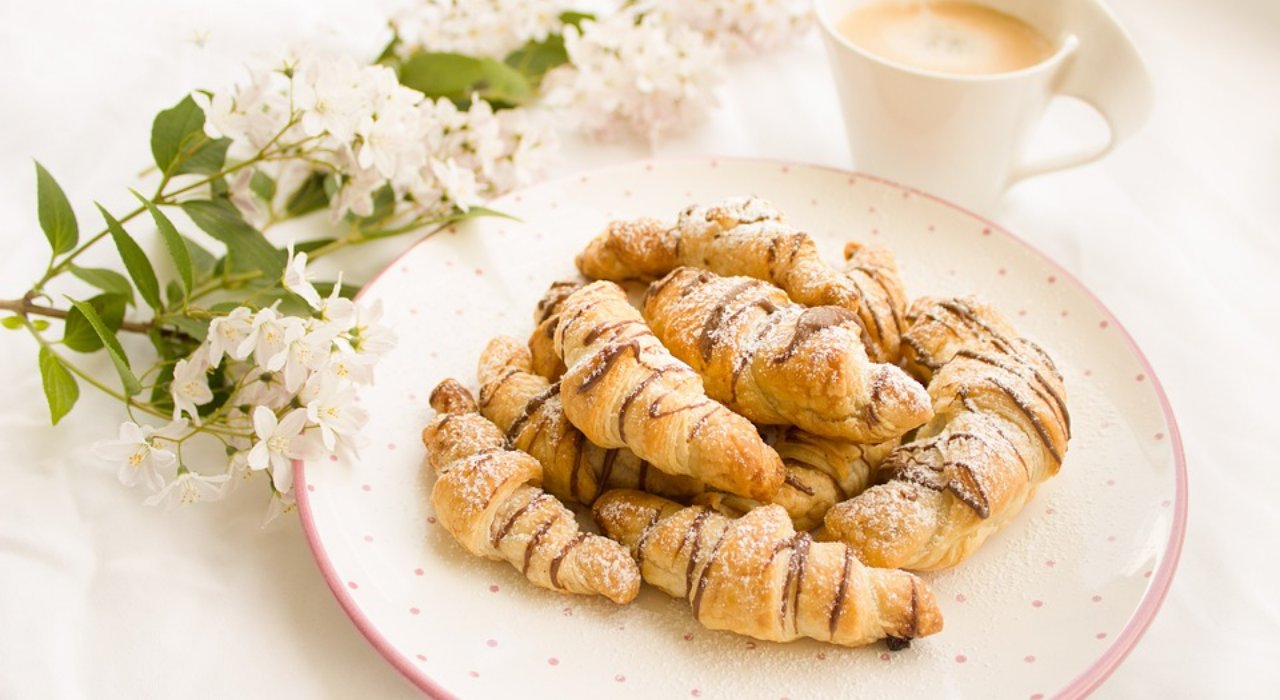
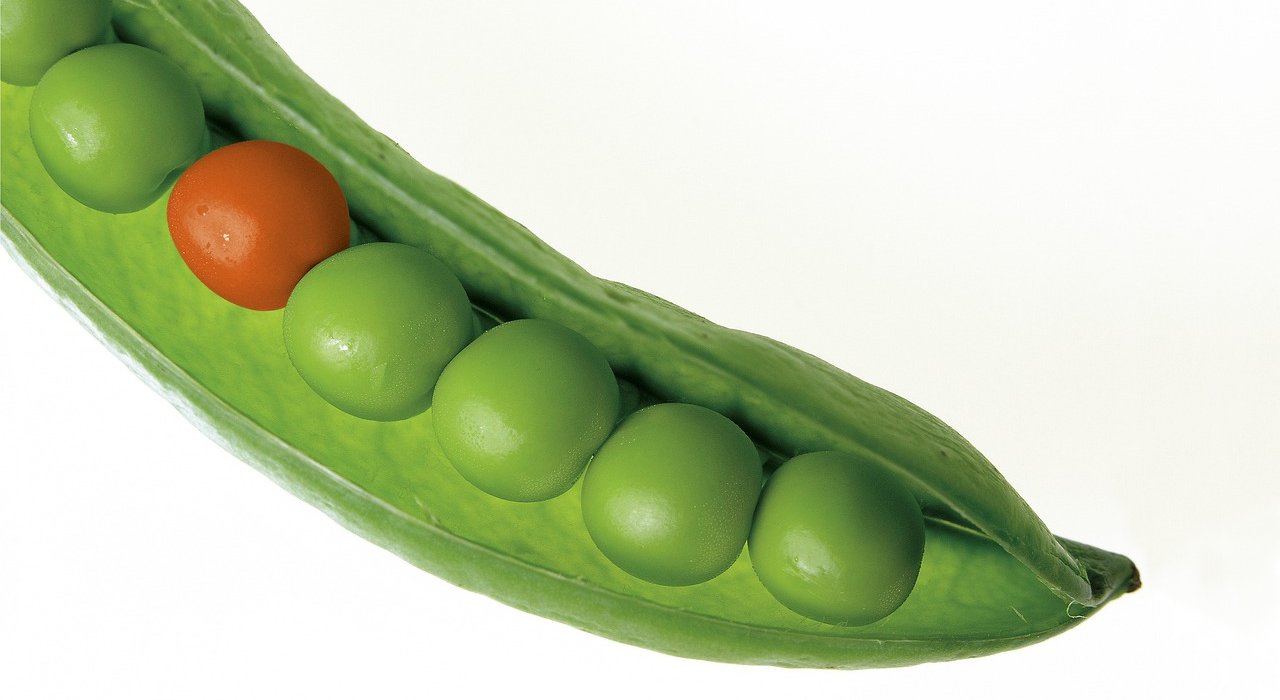


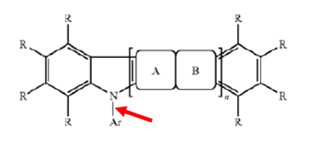 .
.